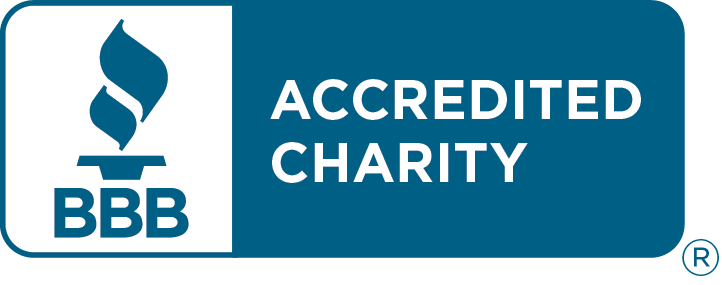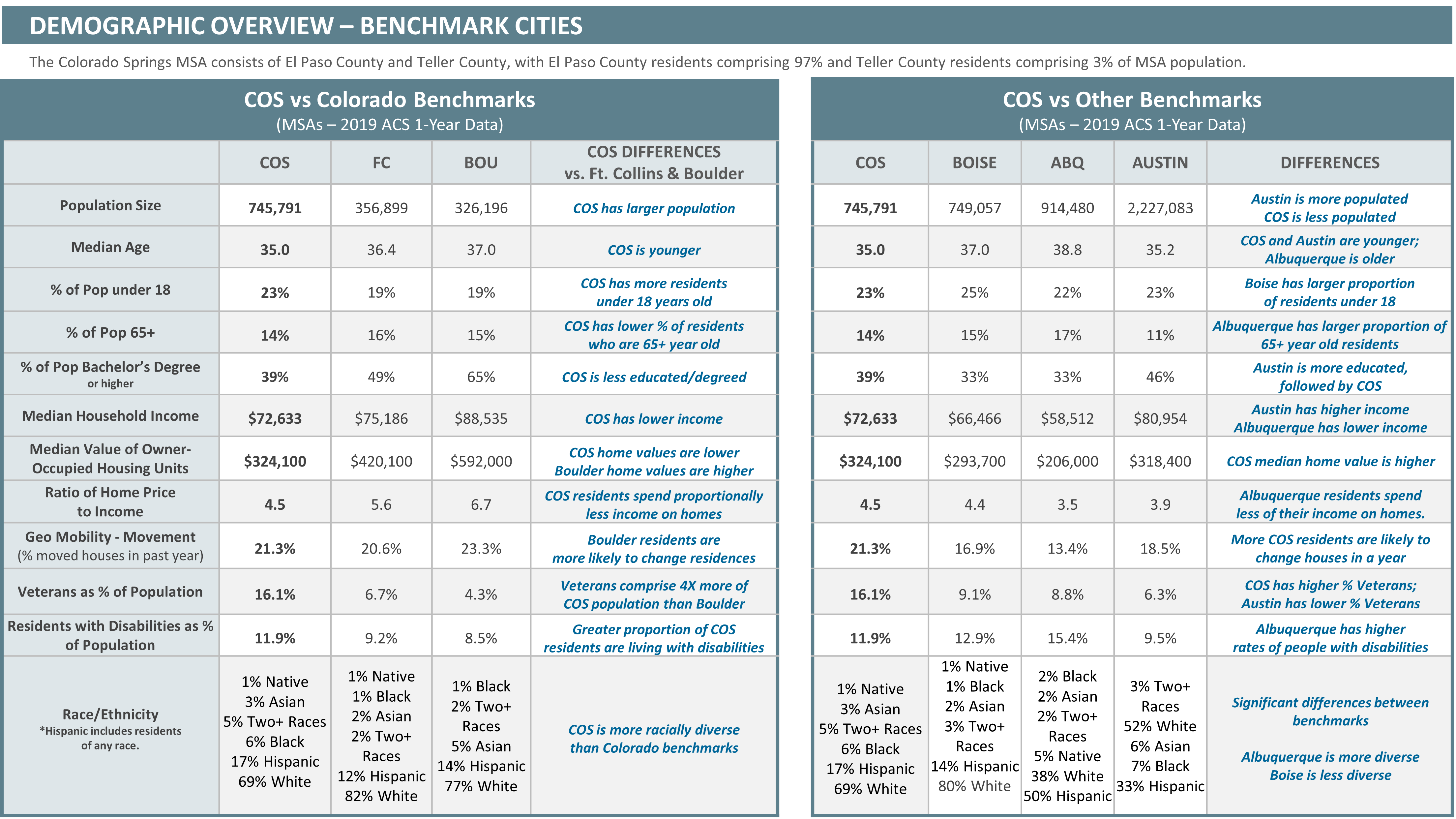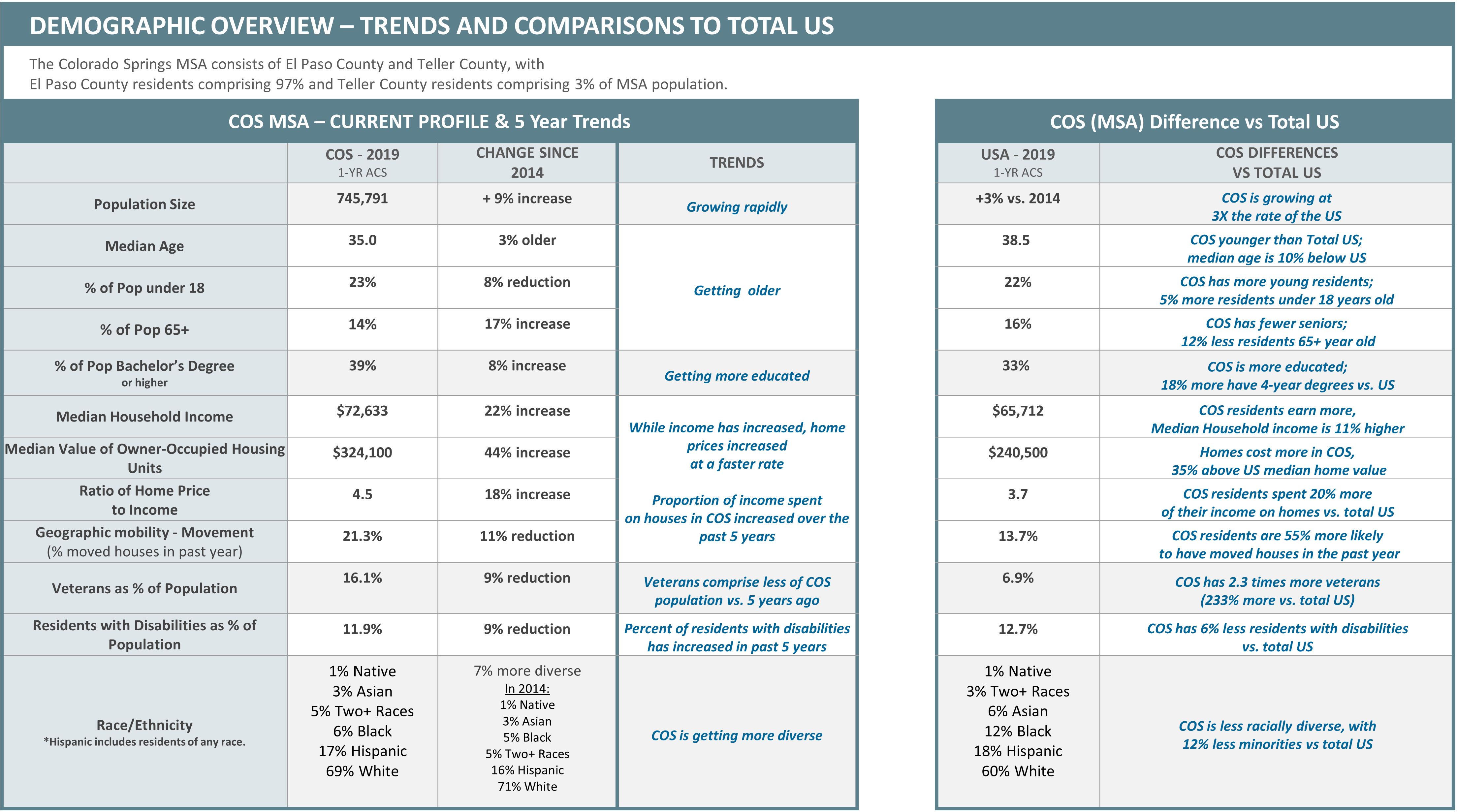| Academy School District 20, Colorado | https://nces.ed.gov/ccd/districtsearch/district_detail.asp?ID2=0801920 | https://nces.ed.gov/Programs/Edge/ACSDashboard/0801920 |
| Colorado Springs School District 11, Colorado | https://nces.ed.gov/ccd/districtsearch/district_detail.asp?ID2=0803060 | https://nces.ed.gov/Programs/Edge/ACSDashboard/0803060 |
| Cheyenne Mountain School District 12, Colorado | https://nces.ed.gov/ccd/districtsearch/district_detail.asp?ID2=0802940 | https://nces.ed.gov/Programs/Edge/ACSDashboard/0802940 |
| El Paso County School District 49, Colorado | https://nces.ed.gov/ccd/districtsearch/district_detail.asp?ID2=0803870 | https://nces.ed.gov/Programs/Edge/ACSDashboard/0803870 |
| Fountain School District 8, Colorado | https://nces.ed.gov/ccd/districtsearch/district_detail.asp?ID2=0804080 | https://nces.ed.gov/Programs/Edge/ACSDashboard/0804080 |
| Harrison School District 2, Colorado | https://nces.ed.gov/ccd/districtsearch/district_detail.asp?ID2=0804530 | https://nces.ed.gov/Programs/Edge/ACSDashboard/0804530 |
| Widefield School District 3, Colorado | https://nces.ed.gov/ccd/districtsearch/district_detail.asp?ID2=0806480 | https://nces.ed.gov/Programs/Edge/ACSDashboard/0806480 |
| Calhan School District RJ-1, Colorado | https://nces.ed.gov/ccd/districtsearch/district_detail.asp?ID2=0802730 | https://nces.ed.gov/Programs/Edge/ACSDashboard/0802730 |
| Cripple Creek-Victor School District RE-1, Colorado | https://nces.ed.gov/ccd/districtsearch/district_detail.asp?ID2=0803180 | https://nces.ed.gov/Programs/Edge/ACSDashboard/0803180 |
| Hanover School District 28, Colorado | https://nces.ed.gov/ccd/districtsearch/district_detail.asp?ID2=0804500 | https://nces.ed.gov/Programs/Edge/ACSDashboard/0804500 |
| Lewis-Palmer School District 38, Colorado | https://nces.ed.gov/ccd/districtsearch/district_detail.asp?ID2=0805820 | https://nces.ed.gov/Programs/Edge/ACSDashboard/0805820 |
| Manitou Springs School District 14, Colorado | https://nces.ed.gov/ccd/districtsearch/district_detail.asp?ID2=0805490 | https://nces.ed.gov/Programs/Edge/ACSDashboard/0805490 |
| Miami-Yoder School District 60-JT, Colorado | https://nces.ed.gov/ccd/districtsearch/district_detail.asp?ID2=0805670 | https://nces.ed.gov/Programs/Edge/ACSDashboard/0805670 |
| Peyton School District 23-JT, Colorado | https://nces.ed.gov/ccd/districtsearch/district_detail.asp?ID2=0806060 | https://nces.ed.gov/Programs/Edge/ACSDashboard/0806060 |
| Woodland Park School District RE-2, Colorado | https://nces.ed.gov/ccd/districtsearch/district_detail.asp?ID2=0807380 | https://nces.ed.gov/Programs/Edge/ACSDashboard/0807380 |
| Ellicott School District 22, Colorado | https://nces.ed.gov/ccd/districtsearch/district_detail.asp?ID2=0803750 | https://nces.ed.gov/Programs/Edge/ACSDashboard/0803750 |
| Edison School District 54 | https://nces.ed.gov/ccd/districtsearch/district_detail.asp?ID2=0803630 | https://nces.ed.gov/Programs/Edge/ACSDashboard/0803630 |



